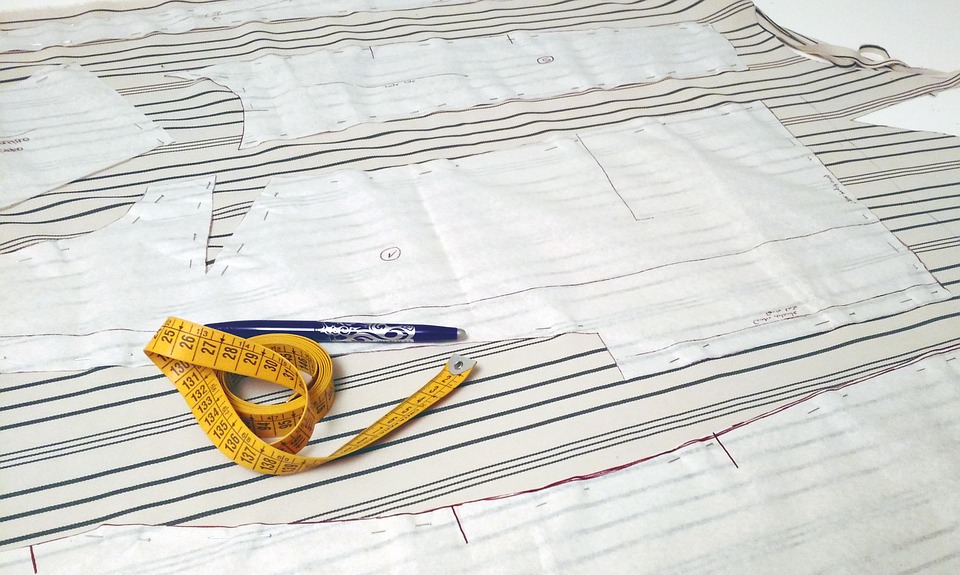Satin bias tape is a versatile sewing notion that can add a touch of elegance and professionalism to any project. Whether you are a seasoned seamstress or a beginner, using satin bias tape can help you achieve a flawless finishing on your garments and crafts.
What is satin bias tape?
Satin bias tape is a narrow strip of fabric that is cut on the bias, or at a 45-degree angle to the fabric’s grain. This allows it to have stretch and flexibility, making it perfect for finishing curved edges and creating clean, polished hems.
Here are some tips for using satin bias tape to achieve flawless finishing:
1. Choose the right width: Satin bias tape comes in various widths, typically ranging from 1/2 inch to 1 inch. For lightweight fabrics and delicate projects, opt for a narrower width. For heavier fabrics and more substantial projects, a wider bias tape will provide better coverage and support.
2. Pre-wash and press: Before using satin bias tape, it’s essential to pre-wash and press it. This will prevent any shrinkage or distortion of the bias tape, ensuring a perfect finish.
3. Sewing the tape onto curved edges: When finishing curved edges with satin bias tape, it’s crucial to ease the tape around the curves. You can do this by gently stretching the bias tape as you sew it onto the edge. Take your time and use plenty of pins to secure the tape in place before stitching.
4. Create mitered corners: Mitered corners are a neat and professional way to finish the edges of your project. To create mitered corners with satin bias tape, fold the tape at a 45-degree angle at the corner, then fold it over again to continue sewing along the next edge. This will create a clean, diagonal seam at the corner.
5. Finish raw edges: Satin bias tape can also be used to encase and finish raw edges on the inside of a garment. This provides a beautiful and polished look while also preventing fraying.
6. Topstitch for a clean finish: Once the bias tape is sewn onto your project, topstitch along the edge of the tape to secure it in place and create a clean, finished look.
7. Experiment with colors and prints: Satin bias tape comes in a wide range of colors and prints, so don’t be afraid to get creative and experiment with different options. Choosing a contrasting or coordinating bias tape can add an extra pop of interest to your finished project.
In conclusion, satin bias tape is a handy tool for achieving flawless finishing on your sewing projects. With the right techniques and a little practice, you can use satin bias tape to create professional-looking hems, edges, and finishes on a wide range of garments and crafts. Whether you are working with lightweight or heavy fabrics, satin bias tape can add a touch of elegance and sophistication to your sewing projects. So give it a try and see how it can elevate the quality of your work.

